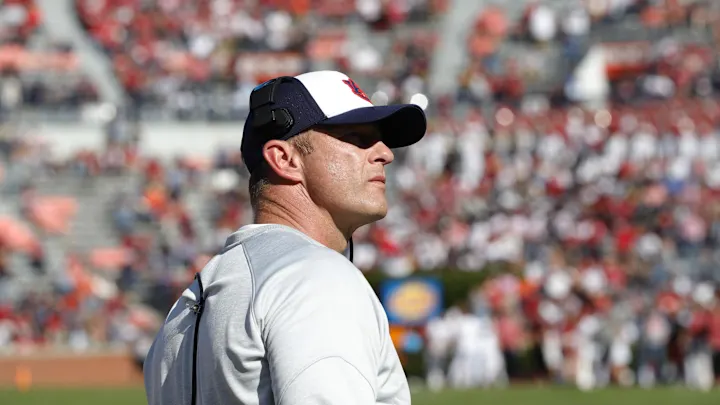The Auburn Tigers, a storied program in the Southeastern Conference (SEC), have recently found themselves at the center of unwanted attention due to significant financial expenditures on coaching severance packages. In the 2024 fiscal year, Auburn allocated a substantial $10.8 million in severance pay, with $6.26 million attributed to football-related costs, including a portion of the $15.3 million buyout for former head coach Bryan Harsin. This figure places Auburn among the highest in the SEC, highlighting the financial challenges associated with coaching changes in collegiate athletics .
The financial strain is further compounded by the program’s performance on the field. Despite efforts to revitalize the team, Auburn’s football program has struggled to achieve consistent success in recent seasons. The team’s performance has been marked by a series of coaching changes and inconsistent play, leading to questions about the program’s direction and long-term stability. These challenges underscore the complex interplay between financial decisions and on-field performance in shaping the future of college football programs.
In response to these challenges, Auburn has made significant investments in its transfer portal strategy, aiming to bolster the team’s roster and address areas of need. The Tigers have added 16 players through the portal, including quarterback Jackson Arnold from Oklahoma and receiver Eric Singleton Jr. from Georgia Tech. These additions reflect Auburn’s commitment to enhancing its competitive edge in the SEC and rebuilding the program’s foundation .
The financial expenditures on coaching severance and the strategic investments in the transfer portal highlight Auburn’s proactive approach to navigating the challenges of modern college football. However, these efforts also underscore the pressures faced by programs in the SEC, where financial decisions and on-field performance are intricately linked. As Auburn continues to navigate these complexities, the program’s ability to balance financial considerations with competitive success will be crucial in determining its future trajectory in the SEC.
In conclusion, Auburn’s position in the SEC, marked by significant financial expenditures and strategic roster changes, reflects the broader challenges faced by collegiate athletic programs in an era of heightened financial scrutiny and competitive pressure. The program’s ability to effectively manage these challenges will be pivotal in shaping its future success and maintaining its status as a respected entity within the Southeastern Conference.



